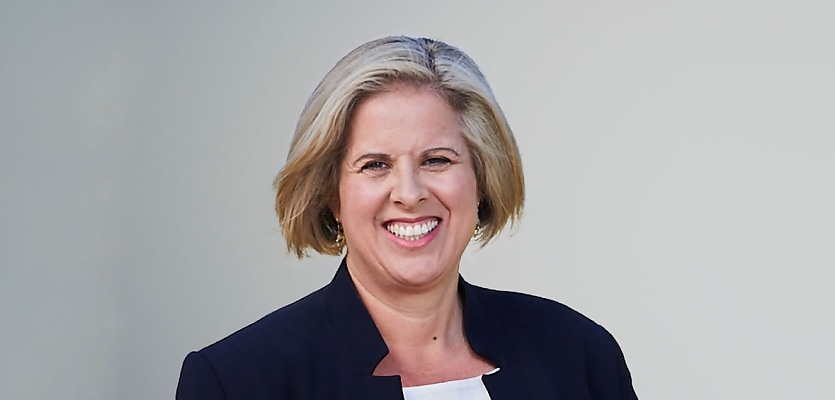The stats on the number of apartment blocks that have been given the go-ahead at the start of the year do not bode well for the government’s building commitments.
According to the Australian Bureau of statistics, total new home building approvals slipped by 1.9 per cent during February. While standalone homes experienced a rise of 10.5 per cent over the month, any gains were clawed back by a massive drop in multidwelling builds, which receded 20.8 per cent.
Master Builders Australia reported that in seasonally adjusted terms, high-density approvals have now hit their lowest level in over a decade, with multidwelling approvals falling to a level not seen since January 2012.
The figures for the total number of dwelling approvals is almost as grim, with February’s figures hitting a low last experienced in July 2012.
“Over the year to February, just 163,100 new homes received approval across Australia – the lowest in 11 years,” Master Builders’ chief economist Shane Garrett said.
“This stands in stark contrast to the annual target of 240,000 new homes under the National Housing Accord,” he added, noting that the clock is set to start ticking in just three months.
“For us to achieve this calibre of housing output, approvals would need to increase by 48 per cent on current levels,” Garret commented.
Master Builders’ CEO, Denita Wawn, said there is a clear “mismatch” between demand and the supply pipeline.
“When it comes to signing new contracts, the pen is not making it to paper as the investment does not stack up.
“Resolving supply constraints should be the focus of all political parties in fixing our housing crisis. Until they are addressed, Australians will continue to struggle with housing affordability,” Wawn said.
The organisation is advocating for redoubled efforts in the upcoming federal budget to skill up the building industry.
“Currently, the biggest handbrake on delivery of homes is the high costs associated with labour shortages,” she said.
“We heard only recently from BuildSkills Australia that the industry needs 90,000 workers in the next 90 days. Master Builders also estimates this needs to grow to around half a million over the next three years.
“The federal budget provides an opportunity to attract more people into the industry through industry-led apprenticeships, better targeted skilled migration and reskilling migrants already in the country,” Wawn urged.
She is also calling on states to address roadblocks in their planning pipelines.
“[Skills shortages] are not the only challenge. More work needs to continue at a state/territory government level to speed up their commitments for planning reform, address high developer charges, and ensure there is enough critical infrastructure to support new communities or higher density,” Wawn said.
ABOUT THE AUTHOR
Juliet Helmke
Based in Sydney, Juliet Helmke has a broad range of reporting and editorial experience across the areas of business, technology, entertainment and the arts. She was formerly Senior Editor at The New York Observer.







You are not authorised to post comments.
Comments will undergo moderation before they get published.